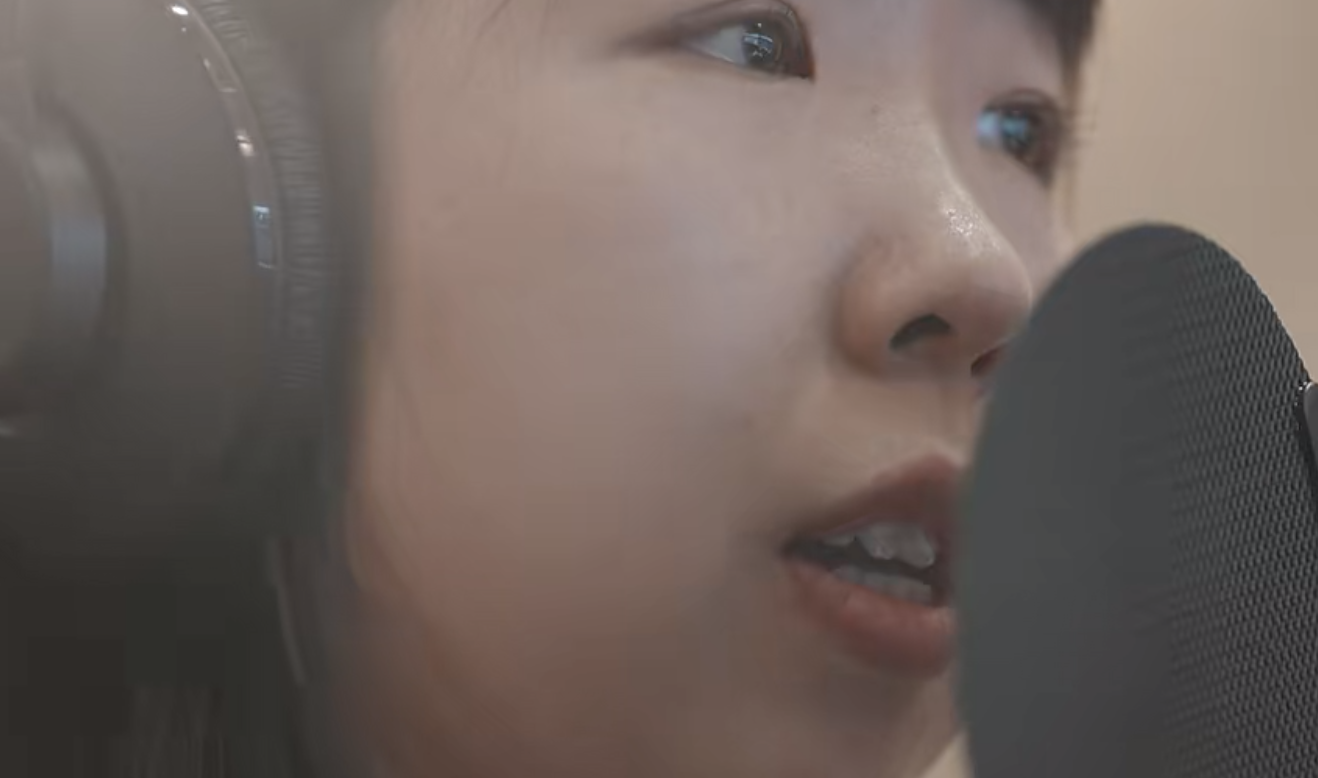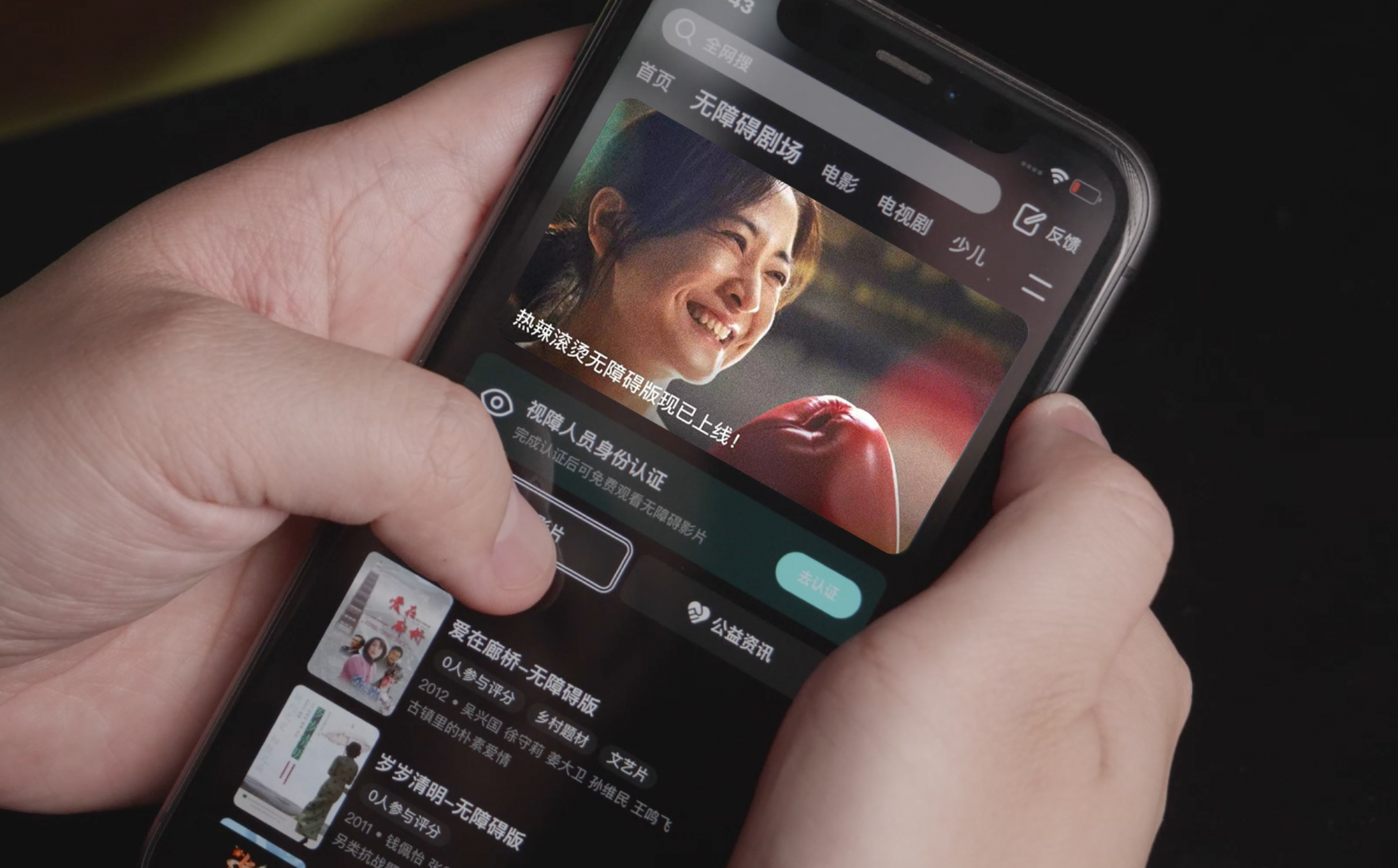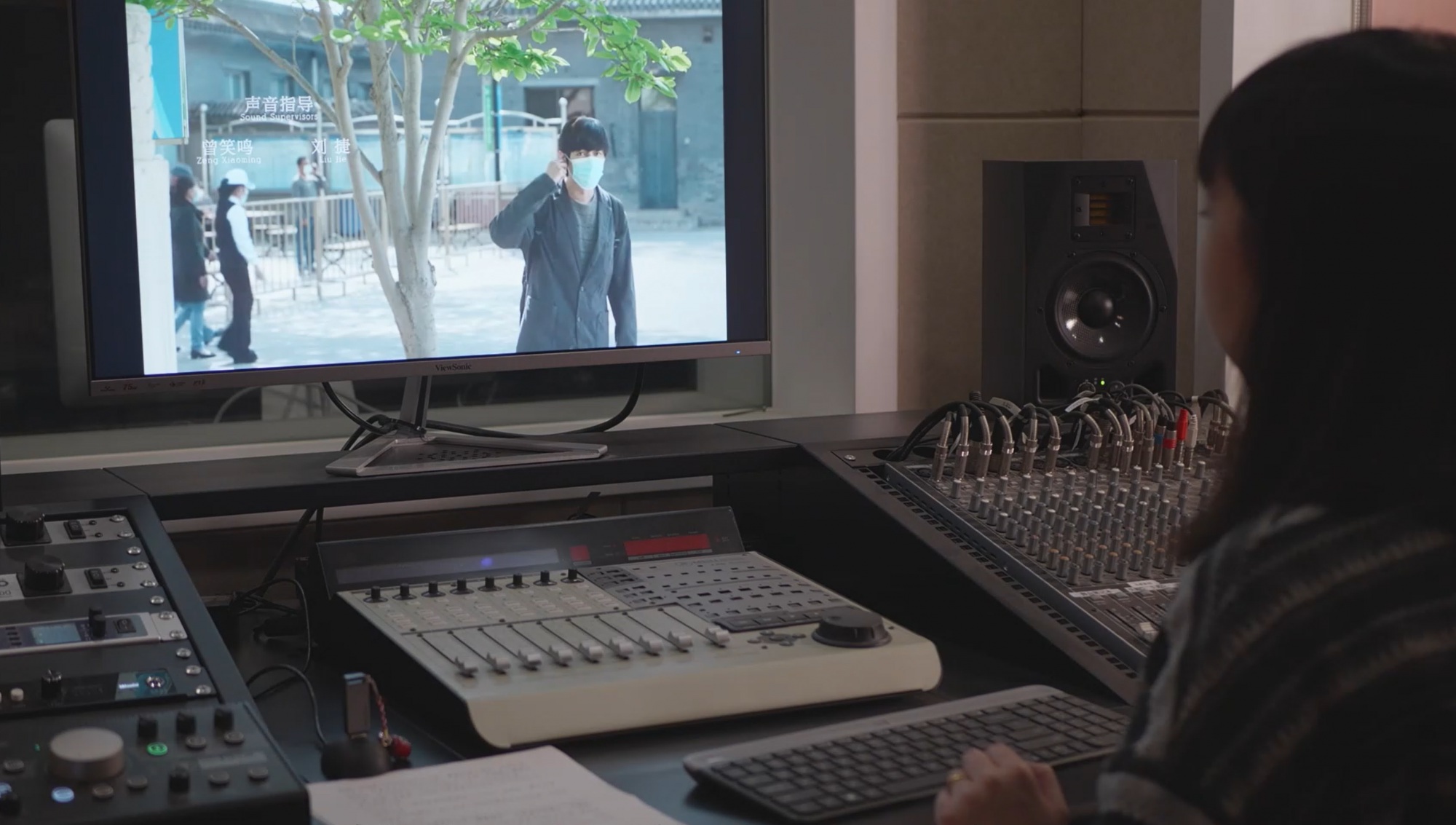Movies for All: How Accessibility Is Bringing Films to Blind and Visually Impaired People
A few days a month, crowds gather at cultural sites around Beijing. Every Tuesday, it’s the Chinese Braille Library. These are movie days, always well attended. And the audience is a niche group of film buffs: blind and low-vision people.
Some might wonder: If a person can’t see the screen, how can they enjoy a film? And why go to the movies at all if you’re blind or visually impaired?
Cinema is connection
Films are more than entertainment — they are a window to the world. This is just as true for individuals with visual impairments, if not more so. Popular movies offer a wealth of cultural touchpoints and shared experiences, rich longform stories that spark engagement, conversations, and a sense of connection to society.
Audio helps but has limits
Take, for example, a gunfight scene: The audience might hear shots but not know who fired the gun, if anyone gets hit, or what happens next. The story becomes fragmented and the experience incomplete.
That’s where narrators come in.

The superheroes of accessible cinema: narrators
Narrators bring movies to life for a blind and low-vision audience. Their role is to convey what’s going on where the film’s audio can’t help — body movements and facial expressions, scenery and surroundings like buildings and sunsets. A narrator fills in the gaps and helps their audience see.
It takes rigorous training and a lot of practice. These narrators must be familiar with the movie in advance, and be able to quickly touch on all relevant points. When scenes are difficult to describe, narrators need to prepare carefully, writing down key moments or even drawing inspiration from film reviews.
Zhang Chaohua is a longtime attendee, who says: “For as long as possible, I want to feel everything in this world that I can. Losing vision means losing over 80 percent of what most people experience. But I don’t want to lose that remaining 20 percent.”
Cinema: the highlight of the week
Mao Weiyi, who was born visually impaired, is a regular at the Chinese Braille Library’s accessible cinema. Every week, he sets off from home at 5 am and spends two hours traveling to watch a film with others.
For Mao, movies are more than entertainment; they are a gateway to knowledge. “I never went to school or learned Braille, so there’s a lot I don’t know,” he says. “Take airplanes, for example — I’ve never been on one and had no idea what they looked like. But through the narrators’ descriptions, I can finally picture them.”
Over the years of watching movies, listening to narrators describe scenes and storylines, Mao gradually learned to express himself. His communication skills improved, his desire to share grew stronger, and he made many new friends along the way.
Wu Huimin, an expert in audio description at the Chinese Braille Library, says, “The need for film and television isn’t different for the blind and sighted — it’s equal. Watching a movie isn’t just about the film itself. It’s about socializing. It’s about ritual.”
The challenge of making accessible movies
Access to these movies remains limited, and significant challenges must be overcome:
- Few accessible movies exist, and finding them online is difficult.
- Producing an accessible version of a movie is time-consuming, typically taking nearly 30 days to script, narrate, and synthesize a single one.
- Offline movie screenings happen at fixed times and locations, which may be difficult or inconvenient to get to.
To solve these challenges, Tencent and the Chinese Braille Library launched Tencent Video’s Accessible Theater — an online platform that brings movies directly to people with visual impairments.

Access to hundreds of popular films and TV shows
Accessible Theater offers a growing library of over 600 high-quality movies, TV series, and animations, including popular titles like You Only Live Once, The Long Season, and Three-Body, with more on the way.
To ensure the platform meets user needs, a questionnaire collects feedback on preferred films, which then guide the production of future accessible content.
Seamless, user-friendly experience
The Accessible Theater is easy to use. As the first long-video platform to pass the China Braille Library’s accessibility test, all core functions for screen reader software have been adapted, following in-depth research, to ensure design features meet user needs.
When someone with a visual impairment opens the Tencent Video app, the system detects the activated screen reader and automatically prioritizes the Accessible Theater on the home page, making watching movies smooth and intuitive.
Faster production through AI and volunteers
Creating accessible movies is now faster and more efficient, thanks to AI technology, which accelerates the production process by:
- Generating first drafts of audio description scripts based on plot and dialogue intervals.
- Automating dubbing and synthesis, reducing production time from 30 days to an average of 10 days.

A public volunteer program has been launched to further boost production. The initiative will recruit 100 volunteers to assist in producing accessible versions of 150 films authorized by Tencent Video and shows using AI tools.
The Accessible Theater initiative goes beyond technological advancement to make cultural and storytelling experiences more inclusive. As the platform continues to grow, the hope is that more people who are blind or have visual impairments will experience joy and connect through the magic of movies.


